Be Golden as gold mine & Green as leaf
carpe diemBe Golden as gold mine & Green as leaf
carpe diemJudaism
Judaism
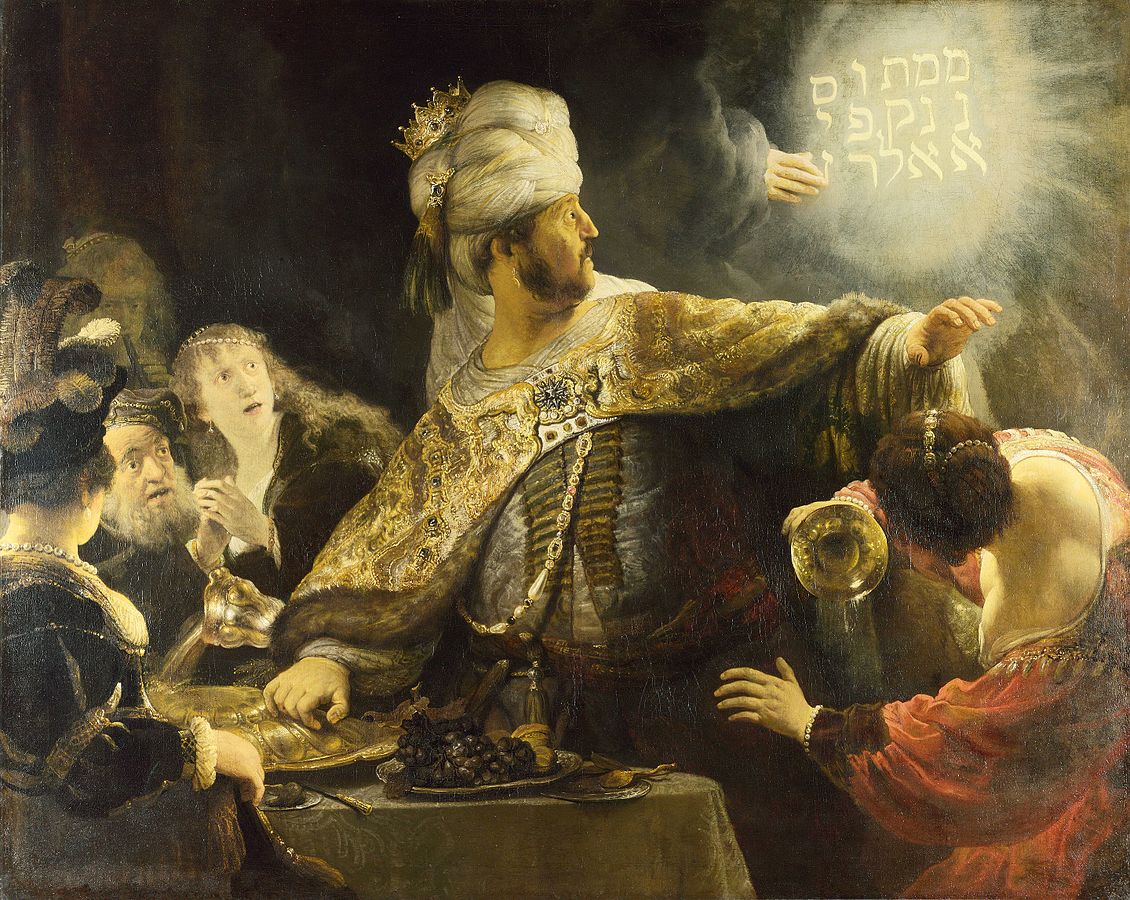
Judaism Beliefs
Jewish people believe there’s only one God who has established a covenant—or special agreement—with them. Their God communicates to believers through prophets and rewards good deeds while also punishing evil.
Most Jews (with the exception of a few groups) believe that their Messiah hasn’t yet come—but will one day.
Jewish people worship in holy places known as synagogues, and their spiritual leaders are called rabbis. The six-pointed Star of David is the symbol of Judaism.
Today, there are about 14 million Jews worldwide. Most of them live in the United States and Israel. Traditionally, a person is considered Jewish if his or her mother is Jewish.
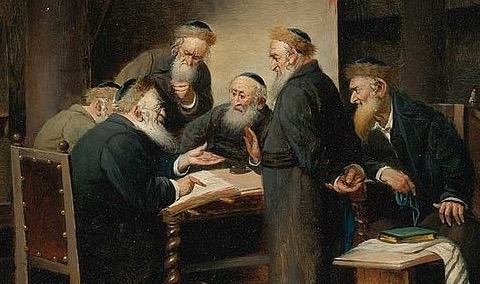
Torah
The Jewish sacred text is called the Tanakh or the “Hebrew Bible.” It includes the same books as the Old Testament in the Christian Bible, but they’re placed in a slightly different order.
The Torah—the first five books of the Tanakh—outlines laws for Jews to follow. It’s sometimes also referred to as the Pentateuch.
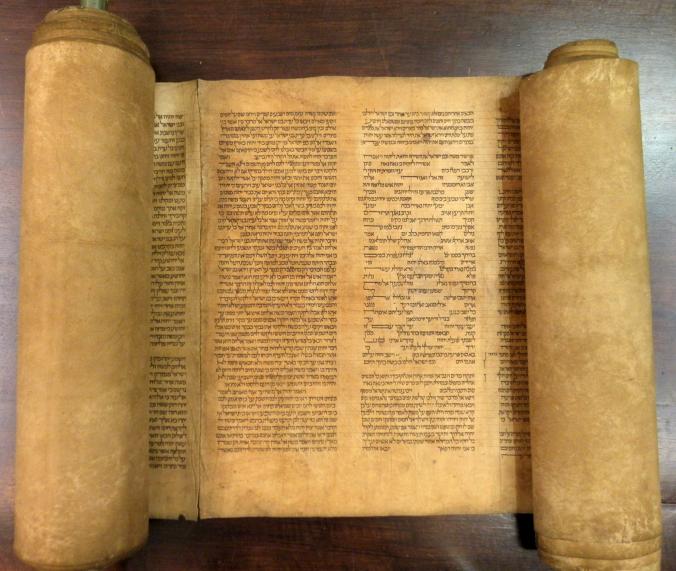
Founder of Judaism
The origins of Jewish faith are explained throughout the Torah. According to the text, God first revealed himself to a Hebrew man named Abraham, who became known as the founder of Judaism.
Jews believe that God made a special covenant with Abraham and that he and his descendants were chosen people who would create a great nation.
Abraham’s son Isaac, and his grandson Jacob, also became central figures in ancient Jewish history. Jacob took the name Israel, and his children and future generations became known as Israelites.
More than 1,000 years after Abraham, the prophet Moses led the Israelites out of Egypt after being enslaved for hundreds of years.
According to scriptures, God revealed his laws, known as the Ten Commandments, to Moses at Mt. Sinai.

Jewish Temples
Around 1000 B.C., King David ruled the Jewish people. His son Solomon built the first holy Temple in Jerusalem, which became the central place of worship for Jews.
The kingdom fell apart around 931 B.C., and the Jewish people split into two groups: Israel in the North and Judah in the South.
Sometime around 587 B.C., the Babylonians destroyed the first Temple and sent many Jews into exile.
A second Temple was built in about 516 B.C. but was eventually destroyed by the Romans in 70 A.D.
The destruction of the second Temple was significant because Jewish people no longer had a primary place to gather, so they shifted their focus to worshipping in local synagogues.

Jewish Holy Books
While the Tanakh (which includes the Torah) is considered the sacred text of Judaism, many other important manuscripts were composed in later years. These offered insights into how the Tanakh should be interpreted and documented oral laws that were previously not written down.
Around 200 A.D., scholars compiled the Mishnah—a text that describes and explains the Jewish code of law that was previously orally communicated.
Talmud
Later, the Talmud, a collection of teachings and commentaries on Jewish law, was created. The Talmud contains the Mishnah and another text known as the Gemara (which examines the Mishnah). It includes the interpretations of thousands of rabbis and outlines the importance of 613 commandments of Jewish law.
The first version of the Talmud was finalized around the 3rd century A.D. The second form was completed during the 5th century A.D.
Judaism embraces several other written texts and commentaries. One example is the 13 Articles of Faith, which was written by a Jewish philosopher named Maimonides.
Shabbat
Shabbat is recognized as a day of rest and prayer for Jews. It typically begins at sunset on Friday and lasts until nightfall on Saturday.
Observing Shabbat can take many forms, depending on the type of Judaism that a Jewish family may follow. Orthodox and Conservative Jews, for example, may refrain from performing any physical labor, using any electrical device or other prohibited activities.
Most observant Jews celebrate Shabbat by reading or discussing the Torah, attending a synagogue or socializing with other Jews at Shabbat meals.

The Creation of Israel
During and after the Holocaust, many Jews returned to their homeland (in the Middle East region known as Palestine) and embraced Zionism, a movement for the creation of a Jewish state that emerged in 19th-century Europe.
In 1948, Israel officially became an independent nation. David Ben-Gurion, one of the leading promoters of a Jewish nation state, was given the title of prime minister.
This event was considered a success for the Jewish people who had tirelessly petitioned for an independent state in their homeland. However, tensions between Jews and Arabs living in Palestine escalated in the years since Israel became a state and are still ongoing today.

Sources
Religion: Judaism. BBC.
Ancient Jewish Texts. My Jewish Learning.
The Jewish Denominations. My Jewish Learning.
What is Judaism? Chabad.org.
Jewish Sacred Texts. Israel Ministry of Foreign Affairs.
Jewish Population. Judaism 101.
Citation Information
Pyotr Ilyich Tchaikovsky
Pyotr Ilyich Tchaikovsky


The growing popularity of Tchaikovsky’s music both within and outside of Russia inevitably resulted in public interest in him and his personal life. Although homosexuality was officially illegal in Russia, the authorities tolerated it among the upper classes. But social and familial pressures, as well as his discomfort with the fact that his younger brother Modest was exhibiting the same sexual tendencies, led to Tchaikovsky’s hasty decision in the summer of 1877 to marry Antonina Milyukova, a young and naive music student who had declared her love for him. Tchaikovsky’s homosexuality, combined with an almost complete lack of compatibility between the couple, resulted in matrimonial disaster—within weeks he fled abroad, never again to live with his wife. This experience forced Tchaikovsky to recognize that he could not find respectability through social conventions and that his sexual orientation could not be changed. On February 13, 1878, he wrote his brother Anatoly from Florence: “Only now, especially after the tale of my marriage, have I finally begun to understand that there is nothing more fruitless than not wanting to be that which I am by nature.”
The year 1876 saw the beginning of the extraordinary relationship that developed between Tchaikovsky and Nadezhda von Meck, the widow of a wealthy railroad tycoon; it became an important component of their lives for the next 14 years. A great admirer of his work, she chose to become his patroness and eventually arranged for him a regular monthly allowance; this enabled him in 1878 to resign from the conservatory and devote his efforts to writing music. Thereafter he could afford to spend the winters in Europe and return to Russia each summer. Although he and his benefactor agreed never to meet, they engaged in a voluminous correspondence that constitutes a remarkable historical and literary record. In the course of it they frankly exchanged their views on a broad spectrum of issues, starting with politics or ideology and ending with such topics as the psychology of creativity, religious faith, and the nature of love.

The period after Tchaikovsky’s departure from Moscow proved creatively very productive. Early in 1878 he finished several of his most famous compositions—the opera Eugene Onegin, the Symphony No. 4 in F Minor, and the Violin Concerto in D Major. From December 1878 to August 1879 he worked on the opera The Maid of Orleans, which was not particularly well received. Over the next 10 years Tchaikovsky produced his operas Mazepa (1883; based on Aleksandr Pushkin’s Poltava) and The Enchantress (1887), as well as the masterly symphonies Manfred (1885) and Symphony No. 5 in E Minor (1888). His other major achievements of this period include Serenade for Strings in C Major, Opus 48 (1880), Capriccio italien (1880), and the 1812 Overture (1880).

At the beginning of 1885, tired of his peregrinations, Tchaikovsky settled down in a rented country house near Klin, outside of Moscow. There he adopted a regular daily routine that included reading, walking in the forest, composing in the mornings and the afternoons, and playing piano duets with friends in the evenings. At the January 1887 premiere of his opera Cherevichki, he finally overcame his longstanding fear of conducting. Moreover, at the end of December he embarked upon his first European concert tour as a conductor, which included Leipzig, Berlin, Prague, Hamburg, Paris, and London. He met with great success and made a second tour in 1889. Between October 1888 and August 1889 he composed his second ballet, The Sleeping Beauty. During the winter of 1890, while staying in Florence, he concentrated on his third Pushkin opera, The Queen of Spades, which was written in just 44 days and is considered one of his finest. Later that year Tchaikovsky was informed by Nadezhda von Meck that she was close to ruin and could not continue his allowance. This was followed by the cessation of their correspondence, a circumstance that caused Tchaikovsky considerable anguish.
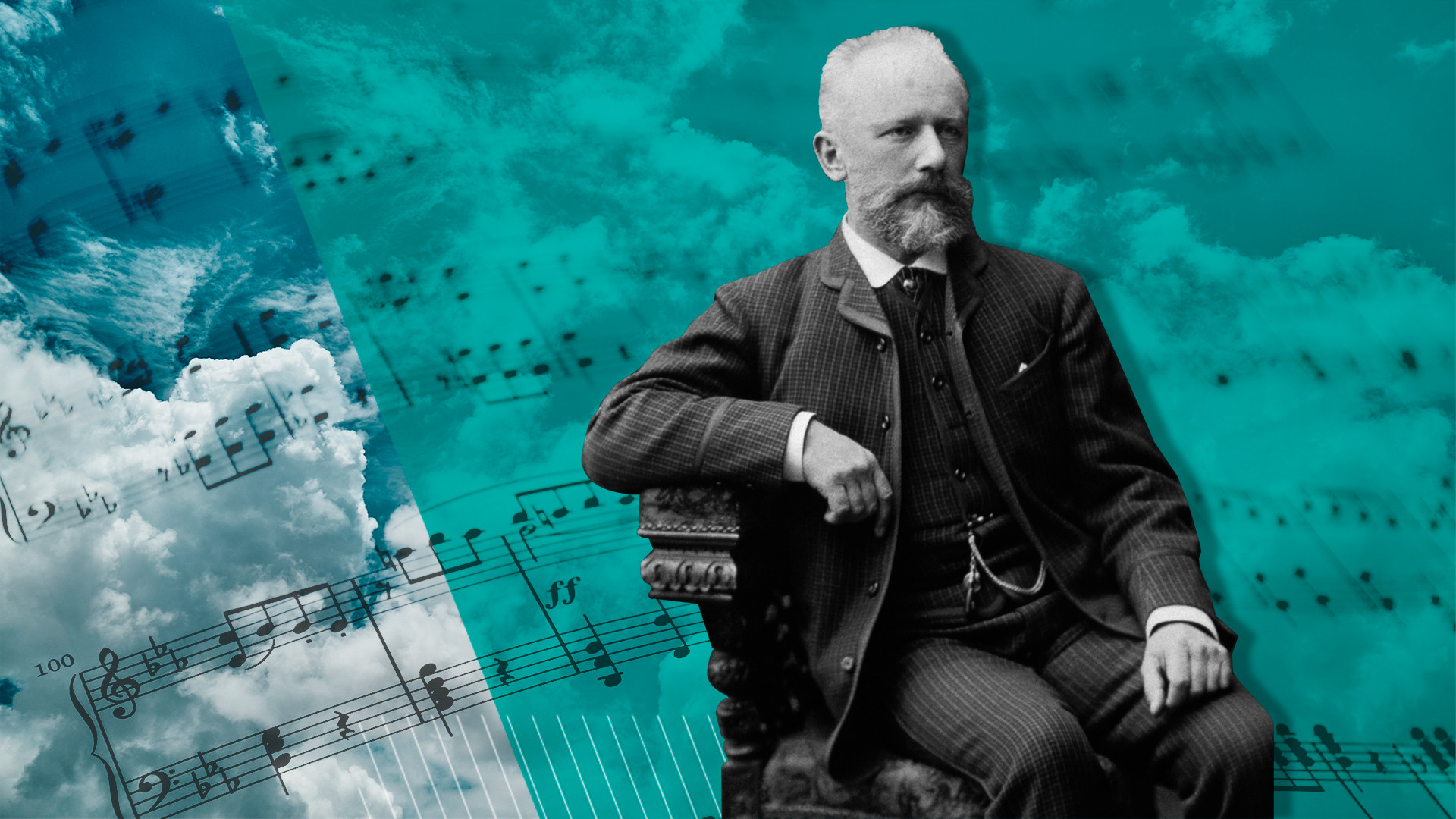
In the spring of 1891 Tchaikovsky was invited to visit the United States on the occasion of the inauguration of Carnegie Hall in New York City. He conducted before enthusiastic audiences in New York, Baltimore, and Philadelphia. Upon his return to Russia, he completed his last two compositions for the stage—the one-act opera Iolanta (1891) and a two-act ballet Nutcracker (1892). In February 1893 he began working on his Symphony No. 6 in B Minor (Pathétique), which was destined to become his most celebrated masterpiece. He dedicated it to his nephew Vladimir (Bob) Davydov, who in Tchaikovsky’s late years became increasingly an object of his passionate love. His world stature was confirmed by his triumphant European and American tours and his acceptance in June 1893 of an honorary doctorate from the University of Cambridge.
On October 16 Tchaikovsky conducted his new symphony’s premiere in St. Petersburg. The mixed reaction of the audience, however, did not affect the composer’s belief that the symphony belonged among his best work. On October 21 he suddenly became ill and was diagnosed with cholera, an epidemic that was sweeping through St. Petersburg. Despite all medical efforts to save him, he died four days later from complications arising from the disease. Wild rumours circulated among his contemporaries concerning his possible suicide, which were revived in the late 20th century by some of his biographers, but these allegations cannot be supported by documentary evidence.
![Free download Tchaikovsky synesthesia by TheLivybug [1024x546] for your Desktop, Mobile & Tablet | Explore 17+ Tchaikovsky Wallpapers | Tchaikovsky Wallpapers,](https://cdn.wallpapersafari.com/35/62/dXENgS.jpg)
For most of the 20th century, critics were profoundly unjust in their severe pronouncements regarding Tchaikovsky’s life and music. During his lifetime, Russian musicians attacked his style as insufficiently nationalistic. In the Soviet Union, however, he became an official icon, of whom no adverse criticism was tolerated; by the same token, no in-depth studies were made of his personality. But in Europe and North America, Tchaikovsky often was judged on the basis of his sexuality, and his music was interpreted as the manifestation of his deviance. His life was portrayed as an incessant emotional turmoil, his character as morbid, hysterical, or guilt-ridden, and his works were proclaimed vulgar, sentimental, and even pathological. This interpretation was the result of a fallacy that over the course of decades projected the current perception of homosexuality onto the past. At the turn of the 21st century, a close scrutiny of Tchaikovsky’s correspondence and diaries, which finally became available to scholars in their uncensored form, led to the realization that this traditional portrayal was fundamentally wrong. As the archival material makes clear, Tchaikovsky eventually succeeded in his adjustment to the social realities of his time, and there is no reason to believe that he was particularly neurotic or that his music possesses any coded messages, as some theorists have claimed.
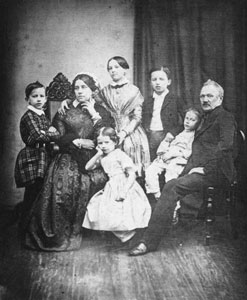
His artistic philosophy gave priority to what may be called “emotional progression”—i.e., the establishment of an immediate rapport with the audience through the anticipation and eventual achievement of catharsis. His music does not claim intellectual depth but conveys the joys, loves, and sorrows of the human heart with striking and poignant sincerity. In his attempt to synthesize the sublime with the introspective, and also in the symbolism of his later music, Tchaikovsky anticipated certain sensibilities that later became prominent in the culture of Russian modernism.
Tchaikovsky was the leading exponent of Romanticism in its characteristically Russian mold, which owes as much to the French and Italian musical traditions as it does to the German. Although not as ostentatiously as the nationalist composers, such as Modest Mussorgsky and Nikolay Rimsky-Korsakov, Tchaikovsky was clearly inspired by Russian folk music. In the words of the Russian-born composer Igor Stravinsky, “Tchaikovsky drew unconsciously from the true, popular sources of our race.”
The first great Russian symphonist, he exhibited a particular gift for melody and orchestration. In his best work, the powerful tunes underlining musical themes are harmonized into magnificent, formally innovative compositions. His resourceful use of instruments allows easy identification of most of his works by their characteristic sonority. Tchaikovsky excelled primarily as a master of instrumental music; his operas, often eclectic in subject matter and style, do not find much appreciation in the West, with the exception of Eugene Onegin and The Queen of Spades. Whereas most of his operas met with limited success, Tchaikovsky nonetheless proved eminently successful in transforming ballet, then a grand decorative gesture, into a staged musical drama, and thus he revolutionized the genre.

Moreover, Tchaikovsky brought an integrity of design that elevated ballet to the level of symphonic music. To this end, he employed a symphonist’s sense of large-scale structure, organizing successive dances through the use of keys to create a cumulative feeling of purpose, in distinction to the more random or decorative layout in the ballets of his predecessors. His special sense of how melody can engender the dance gave his ballets a unique place in the world’s theatres. The influence of his experimentation is evident in the ballets of Sergey Prokofiev and Aram Khachaturian.
Tchaikovsky’s symphonic poems are part of the line of development in single-movement programmatic works initiated by Franz Liszt, and they run the gamut of expressive and stylistic features that typify the genre. At one extreme the early Fatum (1868) shows a freedom of form and modernist expression. At the other extreme is the classical poise of the Romeo and Juliet fantasy overture, in which passionate Romanticism is counterbalanced by the rigours of the sonata form. Furthermore, Tchaikovsky loosened the strictures of chamber music by introducing unorthodox meter in the scherzo of the Second String Quartet in F Major, Opus 22 (1874), and undermining the sense of key in the finale. His innovation is also evident in the second movement of the string sextet Souvenir de Florence (1890), for which he wrote music that revels in almost pure sound-effect—something more familiar in the orchestral sphere. His skill in counterpoint, the traditional bedrock of chamber music, can also be seen throughout his chamber works.
Tchaikovsky’s approach to solo piano music, on the other hand, remained mostly traditional, that is, it more or less satisfied the 19th-century taste for short salon pieces with descriptive titles, usually arranged in groups, as in the famous The Seasons (1875–76). In several of his piano pieces, Tchaikovsky’s melodic flair surfaces, but on the whole he was far less committed when composing these works than he was when writing his orchestral music, concertos, operas, and chamber compositions.
Tchaikovsky steered an unlikely path between the Russian nationalist tendencies so prominent in the work of his rivals in The Five and the cosmopolitan stance encouraged by his conservatory training. He was both a Russian nationalist and a Westernizer of polished technical skill. He put his personal stamp on the late-19th-century symphony with his last three symphonies; they demonstrate a heightened subjectivity that would influence Gustav Mahler, Sergey Rachmaninoff, and Dmitry Shostakovich and encourage the genre to pass with renewed vigour into the 20th century.
It cannot be denied that the quality of Tchaikovsky’s oeuvre remains uneven. Some of his music is undistinguished—hastily written, repetitious, or self-indulgent. But in such symphonies as his No. 4, No. 5, No. 6, and Manfred and in many of his overtures, suites, and songs, he achieved the unity of melodic inspiration, dramatic content, and mastery of form that elevates him to the premiere rank of the world’s composers.
Ways to Boost Dopamine and Serotonin Naturally
Ways to Boost Dopamine and Serotonin Naturally
By Emily Swaim
and from : www.goodtherapy.org
Neurotransmitters are chemical messengers that carry electrical signals between neurons in the brain. Dopamine and serotonin are two important neurotransmitters for mental health. They affect your mood, memory, sleep, libido, appetite, and more. Imbalances can contribute to addictions, mood conditions, memory issues, and attention difficulties.
Over the past several decades, the world has seen an increase in medications for serotonin and dopamine imbalances. These prescriptions can treat symptoms of many mental health conditions. Yet they have a long list of potential side effects, from dizziness to insomnia. Also, their effectiveness varies from person to person.
Some people want to try some non-drug treatments before committing to medication. Others take medication but want to supplement it with other strategies. Below are 10 ways to increase dopamine and serotonin that don’t require a pill:
Exercise
Regular exercise for at least 30 minutes each day improves one’s overall mood. Research has revealed that long-term cardiovascular exercise boosts serotonin levels in the brain. Serotonin can lower hostility and symptoms of depression. It also encourages agreeableness.
Spend Time in Nature
In previous generations, humans spent most of their time outdoors. These days, many people work indoors, sitting at a desk under artificial lighting. Researchers have found as little as five minutes outdoors in a natural setting can improve mood, increase motivation, and boost self-esteem. The amount of time spent in sunlight correlates with serotonin and dopamine synthesis. Even a brief walk in the park can improve your well-being.
Nutrition
Diet can also influence one’s mental health. Coffee increases your serotonin and dopamine levels … for as long as you take it. Once you stop drinking coffee, you will go into withdrawal. Your brain, used to the high levels of neurotransmitters, will act as if there is a deficiency. It can take up to 12 days of caffeine-free diet for the brain to return to its normal state.
Omega-3 fatty acids boost serotonin levels without the withdrawal. They help serotonin trigger nerve cell receptors, making transport easier. Many studies have shown that omega-3s help reduce depressive symptoms. You can find omega-3s in cold-water fish like salmon.
Contrary to internet rumors, eating turkey does not raise your brain’s serotonin levels. Many people think foods rich in tryptophan can boost mood, since the brain uses tryptophan to produce serotonin. However, tryptophan competes with several other amino acids for transportation to the brain. Since it is low on the body’s priority list, it usually loses.
That said, having some tryptophan in your diet is important. If you don’t have enough, your serotonin levels will drop. If you need more tryptophan, you can get it by eating starchy foods like whole wheat bread, potatoes, and corn.
Meditation
Meditation is the practice of relaxed and focused contemplation. It is often accompanied by breathing exercises. Evidence has shown that meditation increases the release of dopamine. It can relieve stress and create feelings of inner peace.
Gratitude
Scientific research has shown gratitude affects the brain’s reward system. It correlates with the release of dopamine and serotonin. Gratitude has been directly linked to increased happiness.
There have been many studies on a practice called the “three blessings exercise.” Every night for a week, you write down three things you are thankful for. People who complete this exercise tend to report more happiness and less depressive symptoms. Their improved mood can last up to six months.
Essential Oils
All essential oils come from plants. These oils often have medicinal properties. One study found that bergamot, lavender, and lemon essential oils are particularly therapeutic. Using your sense of smell, they prompt your brain to release serotonin and dopamine.
Note: Always follow the instructions on the bottle’s label. Although essential oils are “natural,” some can be dangerous when misused. Do not let young children play with essential oils.
Goal Achievement
When we achieve one of our goals, our brain releases dopamine. The brain finds this dopamine rush very rewarding. It seeks out more dopamine by working toward another goal.
Larger goals typically come with increased dopamine. However, it’s best to start with small goals to improve your chances of success. Short-term goals can add up to achieve a long-term goal (and a bigger reward). This pattern keeps a steady release of dopamine in your brain.
Happy Memories
Researchers have examined the interaction between mood and memory. They focused on the anterior cingulate cortex, the region of the brain associated with attention. People reliving sad memories produced less serotonin in that region. People dwelling on happy memories produced more serotonin.
Novelty
The brain reacts to novel experiences by releasing dopamine. You can naturally increase your dopamine by seeking out new experiences. Any kind of experience will work. You can do something simple like a new hobby or recipe. Or you can try something grand like skydiving. The less familiar you are with the activity, the more likely your brain will reward you with dopamine.
Therapy
Research indicates if you change your mood, you can affect serotonin synthesis in your brain. This implies mood and serotonin synthesis have a mutual influence on each other. Psychotherapy often helps people improve their mood. It is possible therapy can help raise one’s serotonin levels as well.